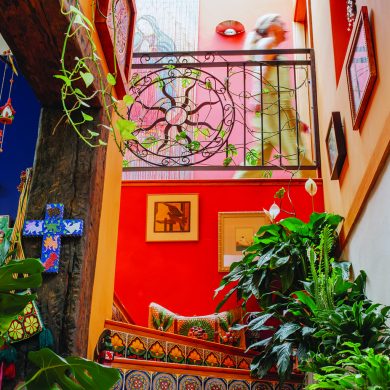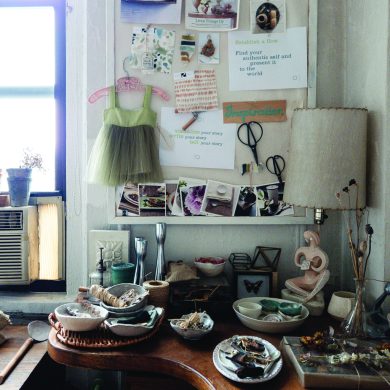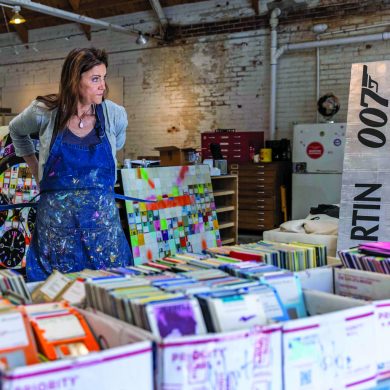I grew up in suburban New Jersey in a moderately religious Jewish family. My paternal grandparents and my mother were immigrants from Poland and Austria, and the atmosphere at home was very old world. Nothing was more important to my parents than education; it is a wealth you can’t lose. Loving art and science, I entered college thinking I could be an artist and a doctor. That turned out to be unrealistic. I continued to take biology classes, but by my sophomore year, I had fallen in love with sculpture.
With a bachelor’s degree in art, I knew I would have to learn a trade to support myself. Since my background was in science, I found I was perfectly prepared to study art conservation, which I did at NYU, receiving an MA and certificate in that field.
It looks like you’re out of free articles.
Become a Women Create member to read this full article.
Already a member? Sign in

Monthly Membership
- Unlimited access to the Women Create website
- Monthly Maker Moments livestreams, members-only newsletters and more

Annual Memberships
- Unlimited access to the Women Create website
- Print and digital subscriptions of WHAT Women Create magazine, WHERE Women Create magazine, or both
- Monthly Maker Moments livestreams, members-only newsletters and more







